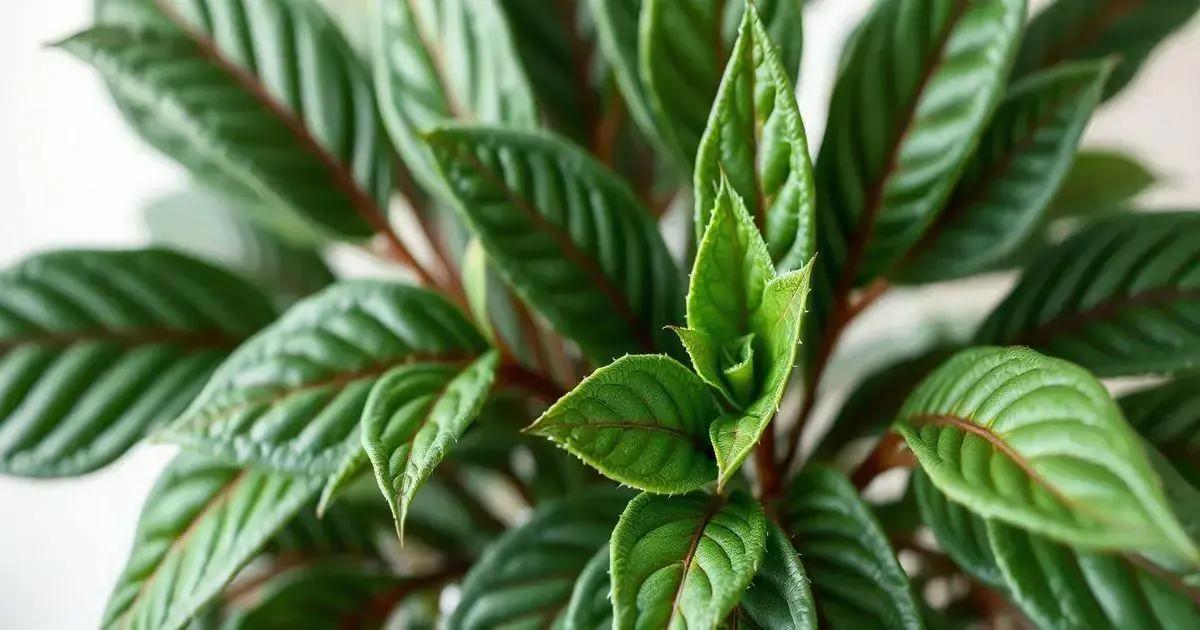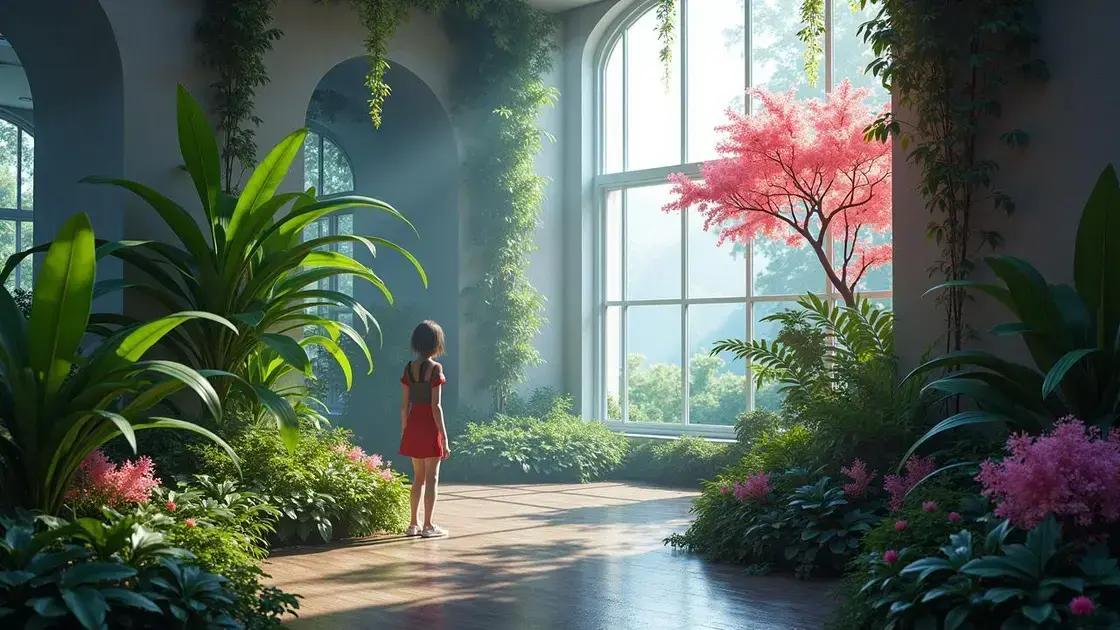How to Care for a Plant: 5 Essential Tips for Thriving Greenery
How to care for a plant can seem daunting, especially for those new to gardening. However, with a little guidance and some practical tips, you’ll discover the joy of nurturing your green companions. Each plant has its own requirements, and understanding them is key to thriving greenery. Let’s explore essential aspects of plant care that will help you create a vibrant indoor garden.
Table of Contents
ToggleUnderstanding the basics of plant needs
How to care for a plant begins with understanding its basic needs. Each plant species has unique requirements, but certain fundamental aspects apply universally. By focusing on these essentials, you will set a strong foundation for your indoor gardening journey.
- Light: Proper light is crucial for photosynthesis. Different plants require various light levels, from low light for snake plants to bright, indirect light for succulents.
- Water: Watering needs vary; overwatering or underwatering can harm plants. Understand the specific watering schedule of your plant.
- Soil: The right soil composition can make a significant difference. Use potting mixes designed for specific plants to promote healthy growth.
- Temperature: Most houseplants thrive in temperatures between 65°F and 75°F. Sudden temperature changes can stress plants.
- Humidity: Many plants prefer higher humidity levels. Consider using a humidifier or placing a water tray near your plants to increase moisture.
Common plant care mistakes
Understanding how to care for a plant also includes avoiding common pitfalls. Here are frequent mistakes to steer clear of:
- Not researching individual plant needs.
- Ignoring changes in environment, like light or temperature shifts.
- Using the wrong type of soil.
- Failing to prune or manage plant growth for optimal health.
Creating an ideal environment
A well-cared-for plant environment is vital for healthy growth. Check out this resource on exploring indoor gardening techniques for more tips and techniques. Your plants will thank you!
| Element | Optimal Conditions |
|---|---|
| Light | Low to bright, indirect depending on the species |
| Water | Once a week, or as needed based on soil moisture |
| Soil | Well-draining potting soil |
| Temperature | 65°F to 75°F |
| Humidity | 40%-60% for most houseplants |
Common mistakes to avoid in plant care

Common mistakes to avoid in plant care can significantly impact your plant’s health and growth. Awareness of these pitfalls is crucial to becoming a successful indoor gardener. Here are essential oversight points that many plant enthusiasts encounter.
Overwatering your plants
One of the most prevalent errors is overwatering, which often leads to root rot. It’s essential to ensure that your plants receive just the right amount of moisture based on their specific needs.
- Check the soil moisture regularly.
- Use pots with drainage holes to prevent water from accumulating.
- Research the specific watering needs for each plant species you own.
Ignoring light requirements
Each plant species has unique light requirements that should not be overlooked. Placing a plant in unsuitable light conditions can stunt growth or lead to leaf drop.
- Research the ideal light environment for your plant.
- Rotate your plants regularly to ensure even light exposure.
- Consider using artificial grow lights in darker spaces.
Using the wrong soil
Many plant care newcomers fail to recognize that not all soils are created equal. Using inappropriate soil can hinder growth and health.
- Always use potting mix suitable for houseplants.
- For certain plants, consider specialized mixes, such as cactus or orchid blends.
- Avoid using garden soil, which may be too dense for potted plants.
Neglecting pest management
Preventing infestations is often overlooked until it’s too late. Regular checks and maintenance can keep your plants healthy.
- Inspect leaves and stems for signs of pests.
- Use organic solutions to manage pests as soon as they are spotted.
- Keep plants clean by wiping dust off leaves to prevent infestations.
For additional information on how to optimize your plant care, consider exploring indoor gardening techniques.
Conclusion on common mistakes
Avoiding these common mistakes is vital for anyone looking to achieve a thriving indoor garden. With attention to detail and proper care, your plants can flourish.
How to create the ideal environment for your plants
How to create the ideal environment for your plants is essential for promoting growth and health. Understanding the specific conditions your plants need will ensure they thrive in your indoor garden.
Optimal light exposure
Every plant species has different light requirements, so providing the right lighting conditions is critical.
- Identify how much light your plants need—some thrive in bright, direct light, while others prefer low light.
- Consider using grow lights if natural light is insufficient.
- Rotate your plants occasionally to ensure even light exposure.
Temperature and humidity control
Maintaining appropriate temperature and humidity levels is vital for plant well-being.
- Keep the temperature between 65°F and 75°F for most houseplants.
- Increase humidity by misting plants or using a humidifier, especially in dry environments.
- Monitor temperature fluctuations, as drafts can negatively affect plant health.
Proper watering techniques
Understanding how to water correctly makes a big difference in plant care.
- Water plants thoroughly but allow the soil to dry out between waterings.
- Check the top inch of the soil; if it’s dry, it’s time to water.
- Use pots with drainage holes to prevent excess water from accumulating.
Providing quality soil
The right soil mix is essential for optimal plant growth.
- Choose potting soil that allows for proper drainage and aeration.
- Consider the specific requirements of your plants, such as cacti needing gritty soil.
- Refresh the soil periodically to replenish nutrients.
By focusing on these key elements, you can successfully create the ideal environment for your plants. For additional insights on houseplant care, check out exploring indoor gardening techniques.
| Element | Ideal Conditions |
|---|---|
| Light | Varies; bright indirect for some, low for others |
| Temperature | 65°F to 75°F |
| Humidity | 40%-60% for most houseplants |
| Soil | Well-draining potting mix suitable for plant type |
| Watering | When the top inch of soil is dry |
In conclusion
How to care for a plant effectively requires understanding its unique needs and avoiding common pitfalls. By creating the ideal environment, providing the right amount of light, managing temperature and humidity, and using quality soil and proper watering techniques, you can ensure your plants thrive. Remember that awareness of common mistakes can also make a significant difference in your plant care journey. For more insights and tips on enhancing your indoor garden, keep exploring the wonderful world of indoor gardening.

